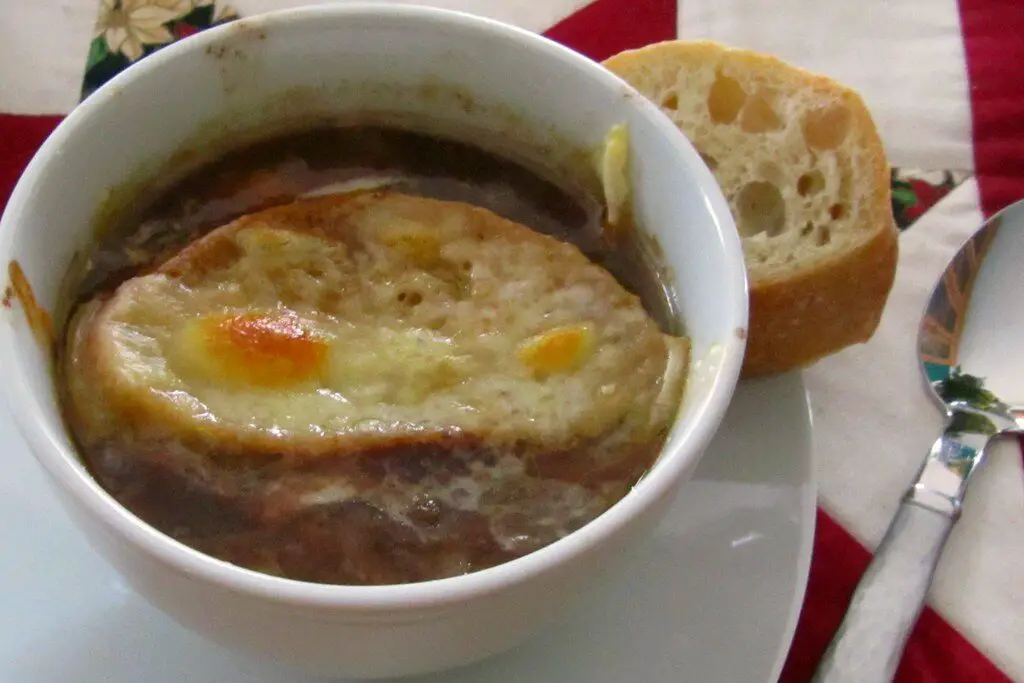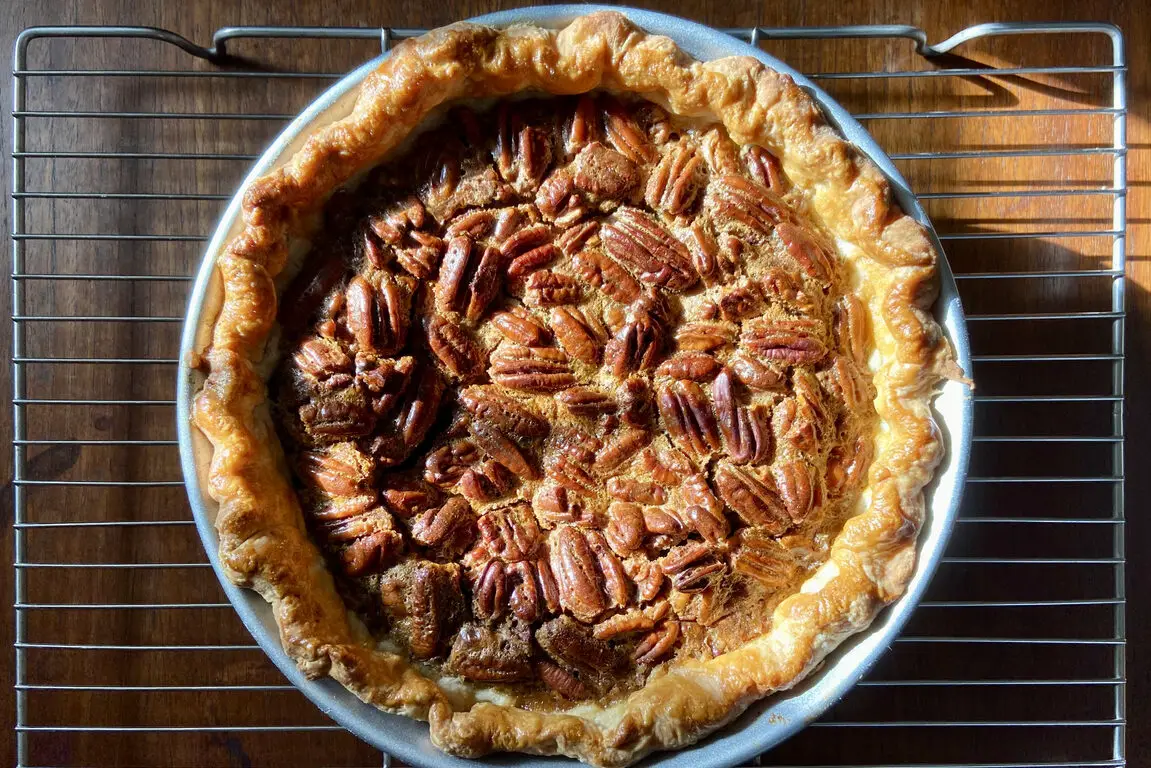1. The Hot and Cold Food Divide

For centuries, many cultures believed that hot and cold foods should never be mixed. This idea comes from the ancient understanding of balance and harmony in the body. The Greeks, for example, believed that consuming hot foods alongside cold ones could cause an imbalance in the body’s natural elements, leading to digestive issues. Menus, especially in classical dining settings, reflected this idea, where the courses would be distinctly hot or cold, never overlapping.
This belief influenced the way meals were structured in both home kitchens and restaurants, creating separate categories for appetizers, soups, and desserts. Even today, some traditional restaurants continue this practice, where you won’t find a cold dish mixed into a hot entrée. These distinctions shaped entire dining experiences, making the temperature of a dish just as important as its flavor.
2. The Tempering of Spices

Spices and food temperature have long been linked in culinary history, with a common belief that hot temperatures could “temper” strong flavors. In many Asian cuisines, the practice of pairing spicy dishes with hot temperatures was rooted in the belief that the heat would enhance the boldness of the flavors. Menus in regions like India or Southeast Asia often had dishes served hot to amplify the spiciness, creating a more intense and invigorating dining experience.
Over time, this idea expanded beyond just spicy foods. Chefs began experimenting with hot temperatures to bring out the full essence of various ingredients, from smoky meats to delicate seafood. This philosophy shaped menus worldwide, encouraging the creation of rich, flavorful stews, curries, and roasts that were served hot, with the heat playing a vital role in bringing the spices and seasonings to life.
3. The “Cold is Refreshing” Concept

The belief that cold foods are refreshing, especially during warmer months, heavily influenced menu design throughout history. In ancient Egypt, Greece, and Rome, meals during hot weather were often served chilled to provide a sense of relief from the heat. This led to the popularity of cold soups like gazpacho in Spain or chilled seafood salads in coastal regions. Over time, this belief shaped the idea that cold foods were more appropriate during summer, and menus began to reflect this seasonal divide.
As refrigeration became more widespread, the availability of cold foods expanded, with ice cream and frozen desserts becoming key elements in modern dining. The idea of cooling off with something cold has remained a consistent thread through many cultures, influencing everything from summer salad offerings to the proliferation of cold drinks and desserts.
4. The Myth of “Room Temperature”

In the early days of dining, it was believed that food served at room temperature offered a more balanced flavor. This concept stemmed from the idea that heating or cooling food too much could compromise its natural taste, especially with fruits, breads, and cheeses. Historically, many menus were designed around this idea, where room temperature dishes were celebrated for their ability to showcase the true flavor of fresh ingredients.
This belief had a lasting impact on the way meals were enjoyed, especially when it came to bread and cheese platters or raw dishes like sushi. It also influenced the way cold cuts were served, where the idea of “just right” room temperature helped preserve the optimal texture and taste. This belief gradually gave way to the widespread use of refrigeration, but the principle of room-temperature offerings is still maintained in certain dining traditions, like the classic cheese board.
5. The “Hot Food Heals” Philosophy

Many cultures have long adhered to the belief that hot food could offer medicinal benefits, such as soothing ailments or improving digestion. This is particularly true in Chinese medicine, where hot foods like soups and teas were believed to balance the body’s internal energies. The idea that warmth aids digestion and boosts overall wellness became deeply ingrained in menus, particularly in the form of broths and herbal teas offered as remedies.
Over time, this belief led to menus featuring stews, broths, and hearty, warming foods as the foundation of many diets, particularly in colder climates. Even today, you’ll find that comfort food menus often focus on foods that are both hot and nutritious, such as chicken soup or warming curries, creating a sense of nurturing and health.
6. The Evolution of “Serving Hot” Desserts

For a long time, dessert was believed to be best served at a hot temperature to create a more indulgent and satisfying end to a meal. This belief was prevalent in both Western and Eastern dining cultures, where warm pies, tarts, and cakes were seen as the ultimate finish to any meal. In fact, desserts like apple pie were often served hot with a side of ice cream to create a delightful contrast between temperatures.
As the culinary world evolved, this belief shaped modern dessert menus, with many restaurants offering hot options like molten lava cakes and fresh-from-the-oven cookies. This pairing of hot desserts with cold accompaniments is now a staple in many dining experiences, proving that the tradition of serving dessert hot has had a lasting influence on the way we end our meals today.
